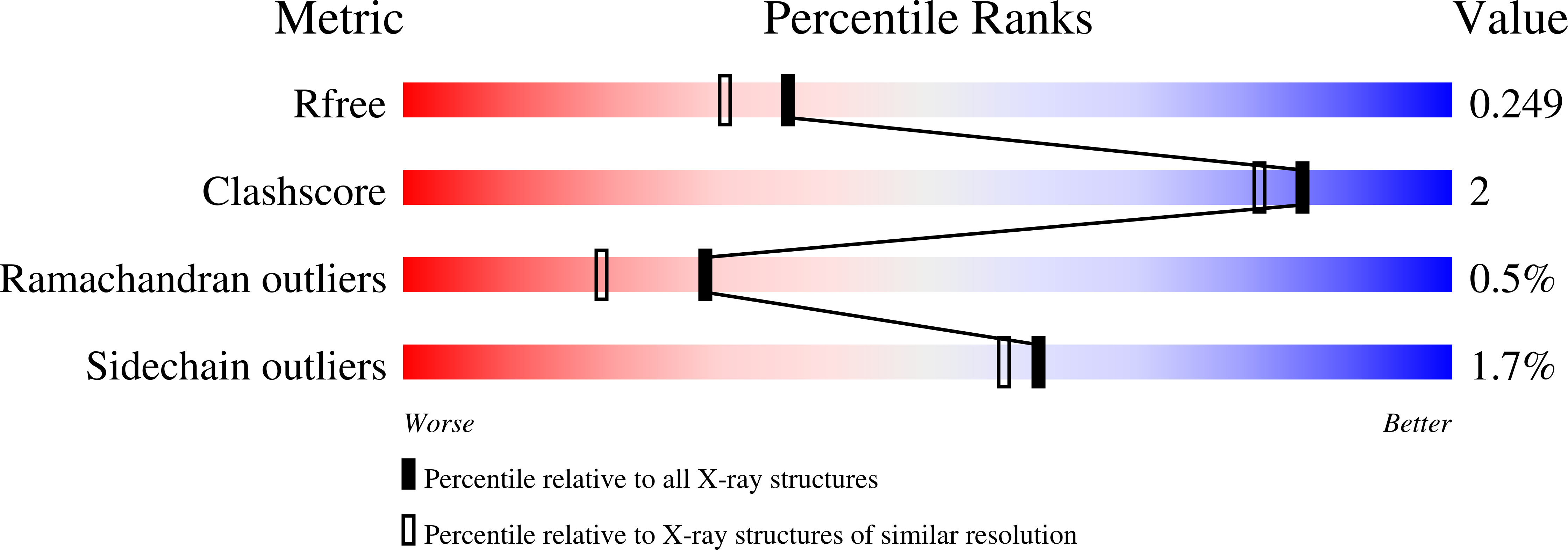
Deposition Date
2020-11-09
Release Date
2020-11-18
Last Version Date
2024-01-31
Entry Detail
PDB ID:
7AX7
Keywords:
Title:
Crystal structure of the Xyl-CE4 domain of a multidomain xylanase from the hindgut metagenome of Trinervitermes trinervoides
Biological Source:
Source Organism:
uncultured bacterium (Taxon ID: 77133)
Host Organism:
Method Details:
Experimental Method:
Resolution:
2.05 Å
R-Value Free:
0.24
R-Value Work:
0.17
R-Value Observed:
0.17
Space Group:
P 21 21 21


